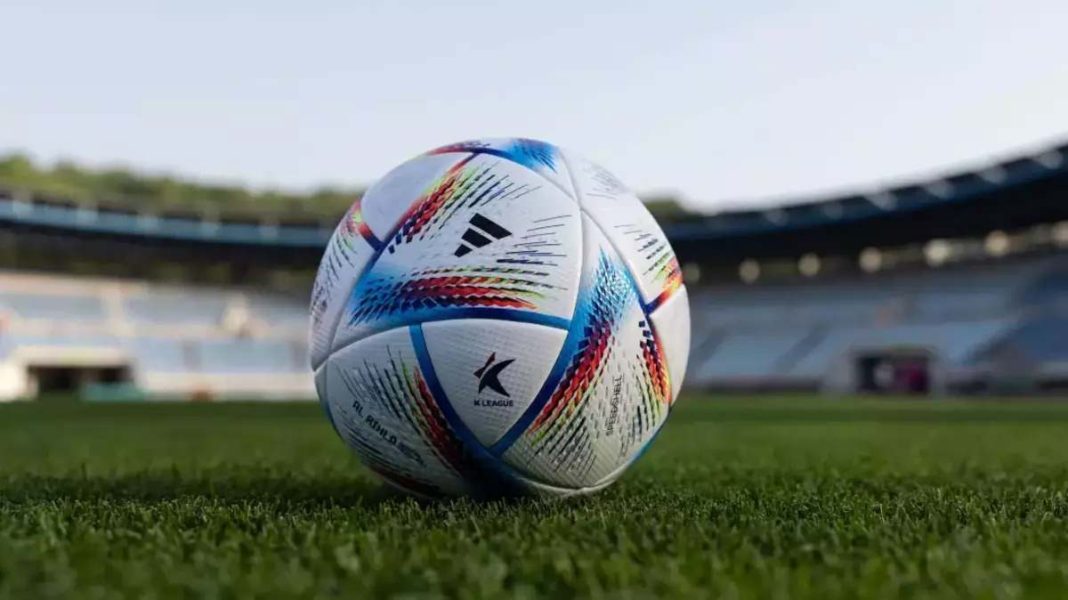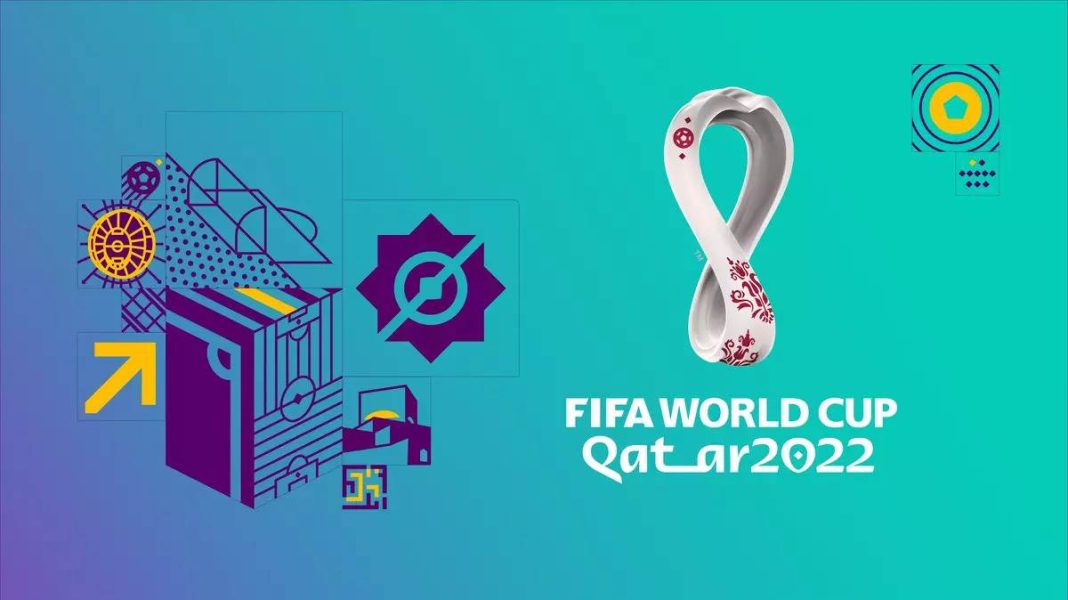The FIFA World Cup, the monumental event in the football world, is fast approaching. The games will commence on November 20, 2022, and reports suggest that an expected 5 billion people will be watching this event. The World Cup has always catered to football lovers with some magical experiences, but this time it also brings a revolution in technological fields. Qatar, the first Middle Eastern country to host a FIFA World Cup in many ways, promises a spectacular experience for football fans. Now let us look at the technological innovations that will mesmerize the world.
Al Rihla
Every World Cup requires a unique match ball. The Al Rihla, which translates to “journey” in Arabic, is probably one of the most technologically innovative footballs. This football will be implemented with connected ball technology, which will enhance the VAR system and semi-automated offside technology, helping match officials make more accurate and faster decisions.
Inside the ball, using an Adidas Suspension System, a motion sensor will be fitted that makes use of IMU (Inertial Measurement Unit) and UWB (Ultra-Wideband) technology to provide real-time data insights. The integration of the sensor inside the ball is done in such a manner that it will neither affect the performance of the footballers nor the football itself. The sensor comes with a rechargeable battery that has been developed in close collaboration with KINEXON and FIFA and can be easily charged using induction. This technology has already passed several blind tests with flying colors and has even been used in the FIFA Club World Cup 2021 and the FIFA Arab Cup.
Semi-Automated Offside Technology
Imagine if Eden Dzeko’s goal against Nigeria in the 2014 World Cup group stage had not been wrongly judged as offside, the whole story would have been completely different. Such cases of error around the world have been plenty, and this led FIFA to bring in semi-automated offside technology. The technology is supported by 12 dedicated tracking cameras placed at strategic locations in the stadium. These cameras track the ball and the players, providing exact positions that are necessary for making offside decisions.
The combination of the limb-tracking technology, which offers 29 data points for a single player 50 times in a second, and the ball-tracking data, provides the video match officials with an automated offside alert. The video match officials can then manually check the decision before contacting the field referee, with all these events occurring in a matter of seconds. Following confirmation from the field referee, an exact 3D animation will be generated, displaying the player’s positional data to further support the offside decision. To make this experience more wholesome, 3D animation will be broadcast on the giant screens present in the stadium.
Stadium Cooling Technology
Qatar has a desert-type climate with prolonged summers where temperatures can reach above 45 degrees Celsius. Now, these severe conditions are not favorable for either the footballers on the field or the fans watching the game. To tackle this severe condition, seven stadiums are built with advanced cooling technology, which will keep the atmosphere inside the stadiums at an optimum level. From the nearest energy center, chilled water will be brought in via pipeline, and cold air will be pushed into the venues to make the atmosphere comfortable. Only stadium 974, which is a demountable stadium, does not require the implementation of this technology due to its coastal location, which offers natural ventilation.
ELPALM
The design of the ELPALM is based on the palm tree and acts like an urban oasis. It is a resting place with a comfortable circular bench and has a rooftop that protects its users from harsh weather conditions like sunlight or rain. The rooftop has bifacial photovoltaic panels that are capable of charging a lithium battery present inside the ELPALM bench. This electricity is then used to illuminate the surrounding public landscape and provides both wired and wireless charging options.
The ELPALM also provides WIFI and relays important information and advertisements through the speakers. This innovative technology will help the fans to rest and stay connected at the same time, enhancing their experience.
Website and App
From getting match tickets to booking hotel rooms, the official World Cup website can be easily accessed and navigated by any user. To make it user-friendly, the website supports AI readers, magnifiers, speech software, and assistive technology, among many other things. To make your journey around this beautiful country more comfortable, you can also download the NavBuddy App. This app provides information based on real-time data and will help you navigate seamlessly both indoors and outdoors. Other than this, carbon-neutral electrical buses will also be used to take fans from and to the stadium.
Bonocle And Felix Palm
Keeping visually impaired fans in mind, both the Bonocle and Felix Palm will be implemented at the Qatar World Cup. Bonocle is a braille device and the first of its kind that translates all digital content into braille. It comes with an app that helps its users easily synchronize the device with a smartphone.
The Felix Palm is a wearable device with tactical features that uses electrical impulses to transmit braille-like messages to the brains of the people who suffer from visual impairment. By providing haptic feedback to the palms of the hands, the Felix Palm lets its users immerse themselves in the surrounding environment. Both devices are portable and will not affect any physical movement, allowing the visually impaired to enjoy and stay updated like all others during the World Cup. Other than these facilities, sensory-friendly rooms will be available for fans with autism or sensory processing issues.
FIFA Player App
FIFA collaborated with FIFPRO to make the FIFA Player App, which will give players the opportunity to assess their performance after each match. The data that the players can get to further understand their performance includes physical performance metrics, enhanced football intelligence metrics, and enhanced football data metrics. Along with these performance data points, multiple action photographs will also be available, taken during crucial moments of the match.
Other Technology
Goal Line Technology and Video Assistant Referee (VAR), both introduced in the 2014 and 2018 World Cups, will be used alongside the new technologies to make the game more compact.
Conclusion
The Qatar World Cup is going to be the most technologically advanced FIFA tournament ever held due to its use of ground-breaking innovations. Though many pundits and fans are worried about the disruption of the game flow, technology can become one of the greatest assets of the game, which is loved by billions.
See more: Explained: 5G In India: All Questions Related To New 5G Network In India, Answered


